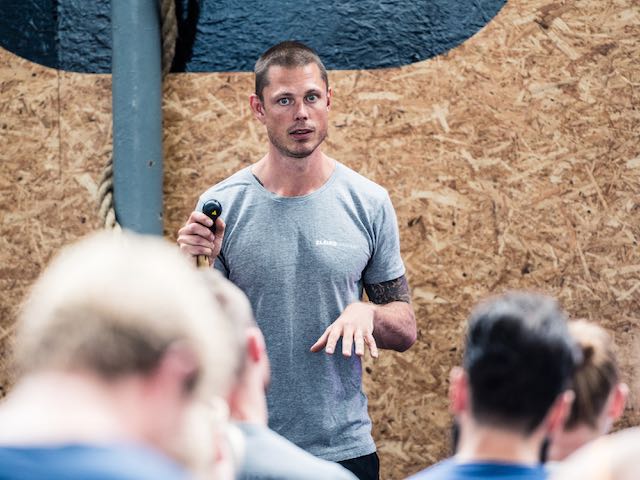Well, it may be all right in practice, but it will never work in theory
Warren Buffett
On a course for trainers that I teach, we quite early in the course teach how to teach the squat. Since I have taught this for many many years now, I know exactly how it almost always plays out.
It starts, after the initial greetings and a short warmup, with me asking the group to do some squats. I take the opportunity to look at how the group I have this week moves and acts while doing this. Then I ask the question: “How deep should you squat?” and wait for the usual answers:
– “Below parallel”, “Hip crease below the top of the knee”, “You should not get to where you butt wink”, etc
But then, after awhile, from somewhere in the room someone will say the magical two words…
– “It depends.”
The whole class will give out an “oooohh”, and possible an “aaaaaah” and look to the philosopher of the group that just stepped out of the shadows. Of course, how could we have used such simple methods when of course it depends! The philosopher has a confident smile on his face, knowing that he not just shown that he is ahead of the pack but also that he did good to push them off the peak of Mount Stupid into the unavoidable Valley of despair. And on top of that he had let the group know that he for one had left the simple answers behind, and ventured forth into the land of the gurus.
Then I ask our friend the philosopher the question that is usually left unasked: “Sure, but of what does it depend”? Here your guess is as good as mine of what I will get back, but some usual ones are “the length of the femur”, “the client’s mobility”, “the skill level of the client”, “on what he need to do“… The theme being, again, that it depends. Very seldom do I get anything that I can actually use to say how deep the person ahead of me should be asked to squat, and when I follow up with “sure, ok, how deep should I squat?” there is almost never any distinct answers given.
In some ways the first answers was more usable, even while they were less fulfilling.
Then of course, we proceed to give an answer to that question, on what it actually depends, so that we can give clear advice on how to squat no matter femur length, mobility or skill-levels.
One of the painful things about our time is that those who feel certainty are stupid, and those with any imagination and understanding are filled with doubt and indecision
Bertrand Russel
I had a lunch recently with my friend Johan, where we, among a myriad of other things *, talked about coaching blogs. Johan voiced his opinion that this type of blogs are so full of platitudes that he bet he could internet-troll the whole genre with a blog containing absolutely no actual advice but cliches, truisms and common banality. Add in some links to the latest craze and no one would be able to separate his fake blog from most of the other (which, presumably, is not trolling the coaching world).
* I am lying of course, we pretty much only talked about sprint training
Well, he makes a good point: not much actual usable advice is given on the internet. And even when that is done the situation where it should be applied is seldom spoken about in any depth. It’s similar to if IKEA would deliver furniture, but leave out the instruction manual. How on earth would anyone get any furniture assembled then!?
With every method spoken about in broad terms, with every problem described, at least one case or anecdotal story on what was actually done in that situation should be delivered. This would make it possible for other coaches to think about how that situation differs from the one he or she has at hand, and to decide if they should try this method too.
With case stories we get a structured way to disseminate practical application and relevant localized approaches that bridge theory and situated practice, in a reciprocal process. This is the thing I love the most about trainer summits, that it’s common that the speakers describe real life scenarios, without the need to say that this would work as a universal principle.
Well, I am certainly guilty of speaking in broad terms, but I will also try to hold myself accountable to think on, and to try to present, practical applications for the concepts I put forward.

One reply on “A Case for the case study”
The practical way that you follow it is wonderful.
In addition to information.
I saw a big difference in my body,and my psychology .
Squatting through the warm-up was my protection…..
Thanks Martin